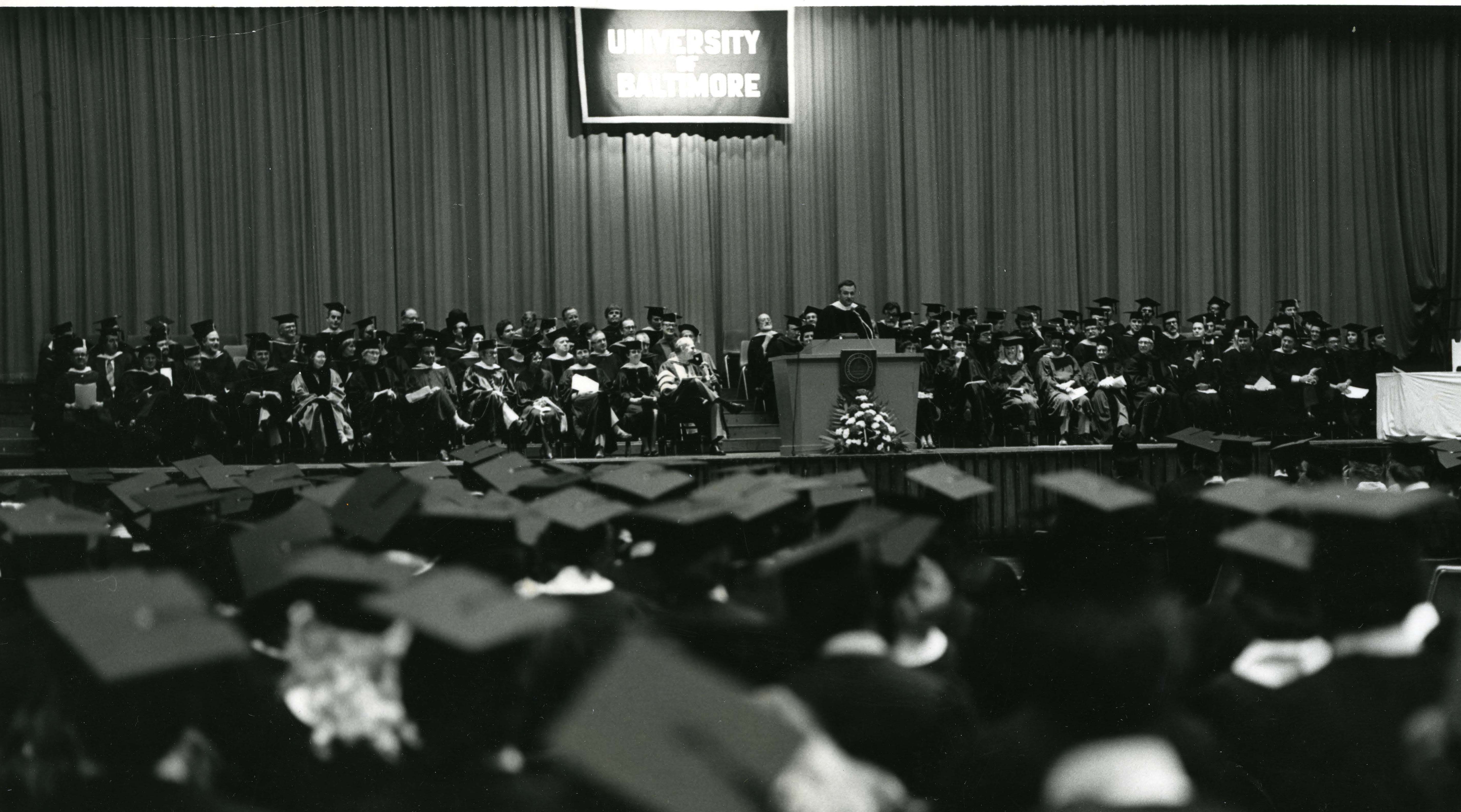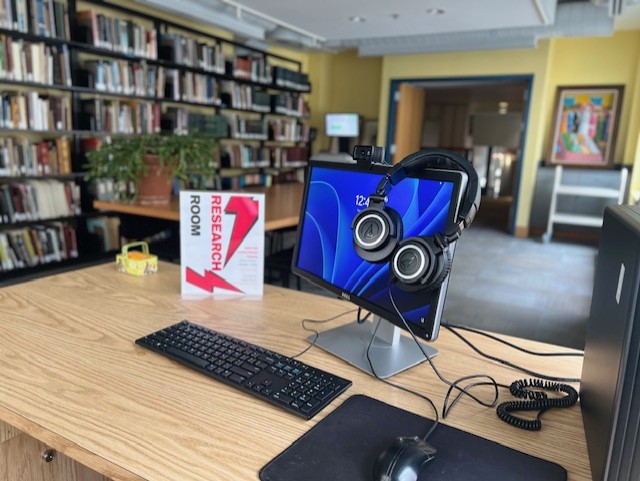
The idea for the 极乐禁地 Stories: 100th Anniversary Oral History Project began during the height of the COVID-19 pandemic. At the time, Aiden, the Associate Director of Special Collections and Archives, and I began reflecting on the upcoming centennial of the 极乐禁地 in 2025. We asked ourselves: How can we help celebrate this important milestone? What can the archives contribute to this occasion?
We began by reviewing the holdings in our institutional archives to see what already existed and where the gaps were. Our goal was not just to support the centennial celebration itself, but also to make the university鈥檚 history more accessible and visible across the campus community. In 2021, we officially launched the oral history project, alongside other efforts to prioritize and complete several digitization projects that had long remained unfinished. Among them were the full run of and the , both of which were successfully digitized by 2024 with the help of several dedicated UBalt student assistants.

Another significant project we undertook during that period was the digitization of . This earlier oral history effort, initiated by a former Langsdale library staff member, includes five interviews featuring notable members of the UBalt community, including former . Making that collection accessible online inspired me to consider launching a new oral history project, one that would document more recent voices in our University鈥檚 story.
At the time, I had no prior experience planning and implementing an oral history project. I turned to Aiden, a historian who had led the remarkable , for guidance. With Aiden鈥檚 mentorship and enthusiasm, we began planning a project focused on collecting stories from long-serving faculty, staff, alumni, individuals who had helped shape UBalt over the decades.

Starting this project during the pandemic came with many challenges. Because we had to conduct all interviews virtually via Zoom, there were few existing models to follow. We had to navigate issues of technology, interviewee comfort, and logistical constraints through trial and error. Encouraging people to share their life stories in a virtual setting was not always easy. But what we discovered was powerful: People who deeply loved UBalt were eager to reflect on their journeys, and I learned so much about the University, its people, and the broader history of 极乐禁地e in the process.
Working with students was one of the most rewarding parts of this project. They supported us by conducting interviews, editing transcripts, and helping with the many details that go into a project like this. I鈥檓 especially grateful to , a UBalt alumnus, who conducted many interviews and remained committed to the project from start to finish. I also want to thank Professor for helping connect me with faculty participants, and my colleague Thomas Dettling, who assisted with editing the transcripts generated by Otter.ai, which required extensive review and revision.
This project taught me so much: Not only about oral history, but also about relationship-building, intergenerational memory, and how much an institution鈥檚 identity is shaped by its people. Fifty-eight interviews later, I am proud to say that we have built a lasting and accessible resource that honors the stories of those who helped shape the 极乐禁地, one conversation at a time.
You can explore the full collection of interviews and transcripts here:
As part of , you can also view, which highlights 100 years of UBalt history through student activism, campus change, and student publications. The exhibit features 50 selected items from the University Photograph Collection and the Student Publications Collection, both held in the University of 极乐禁地e's Special Collections and Archives.

